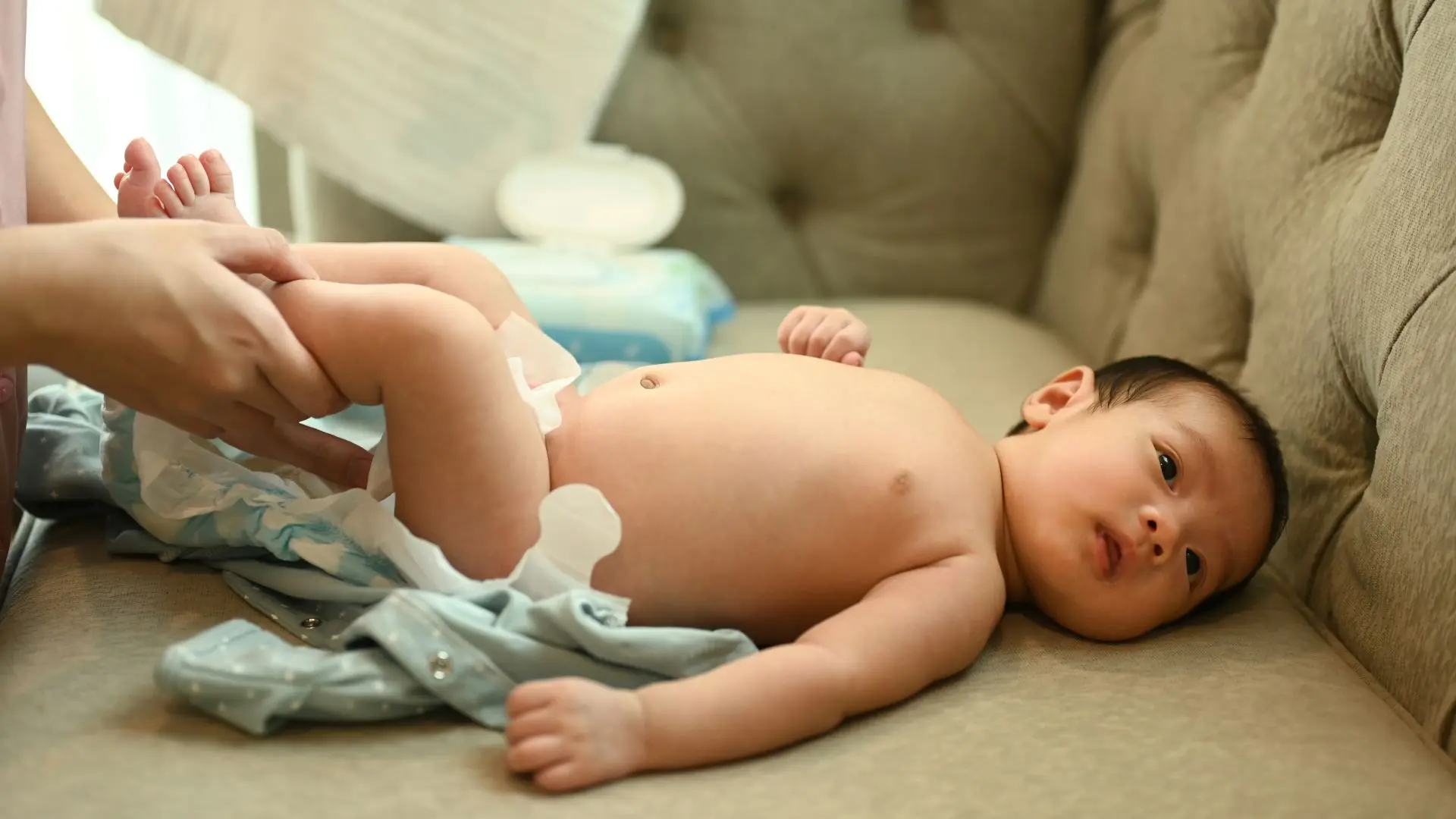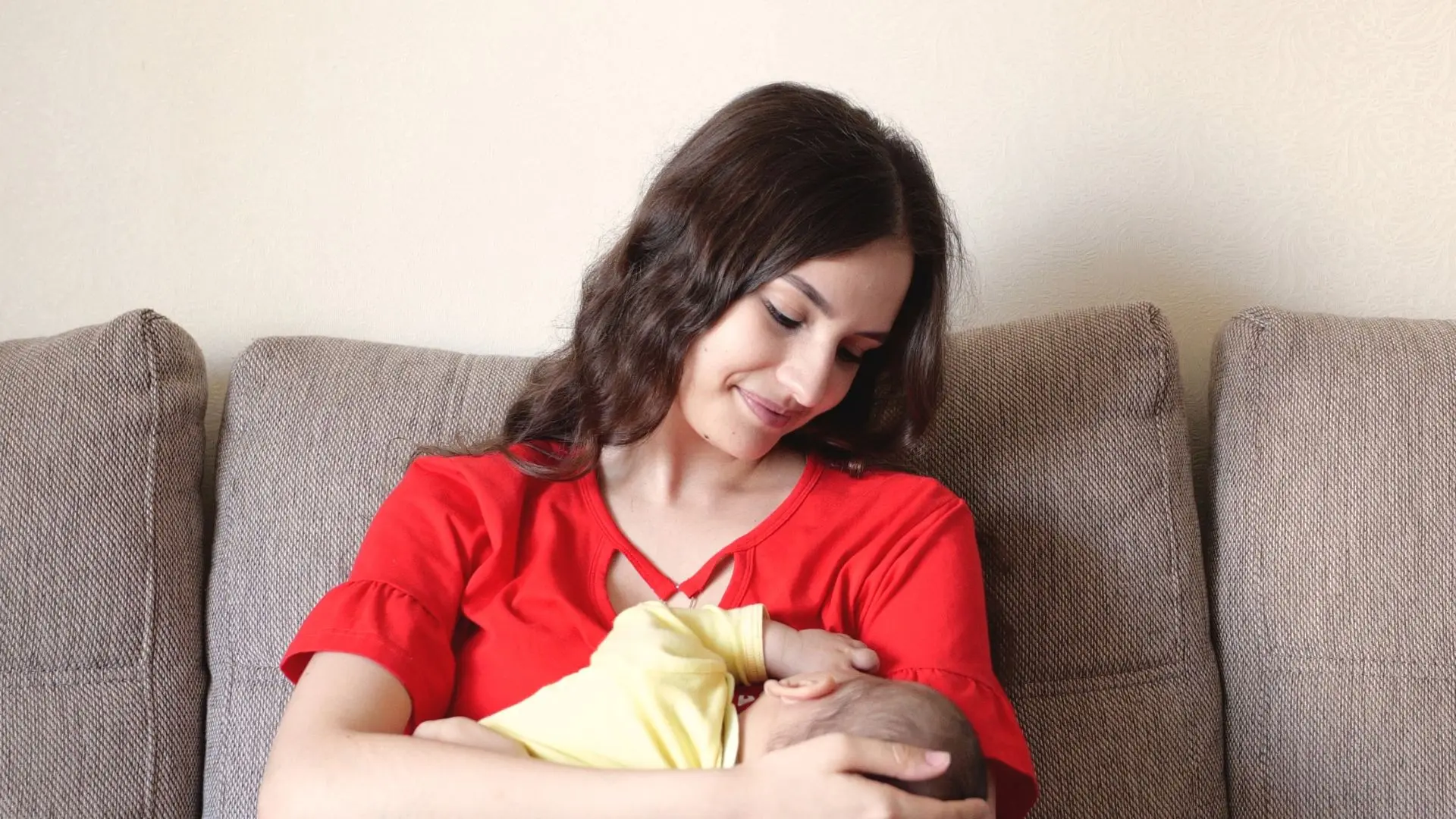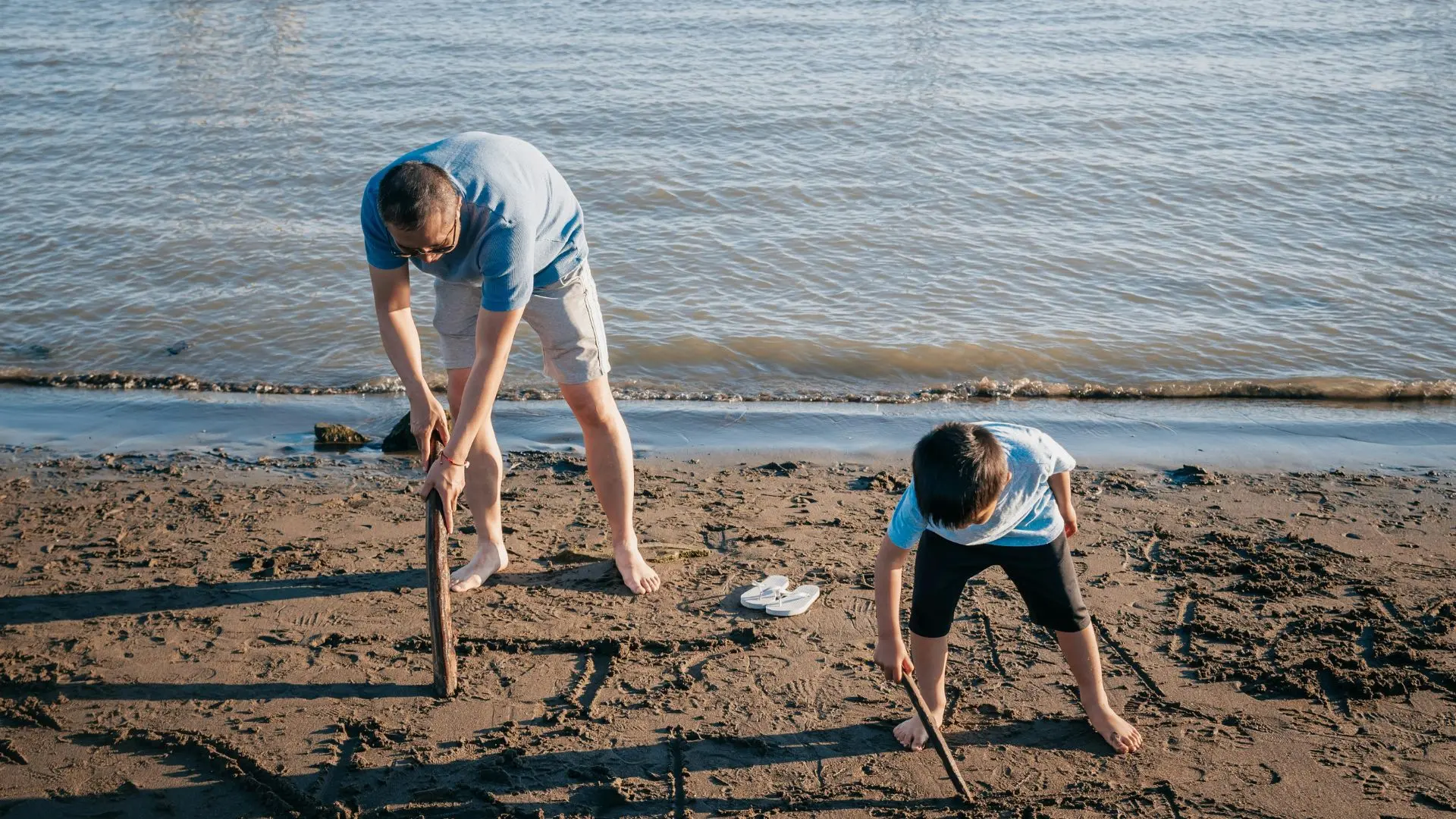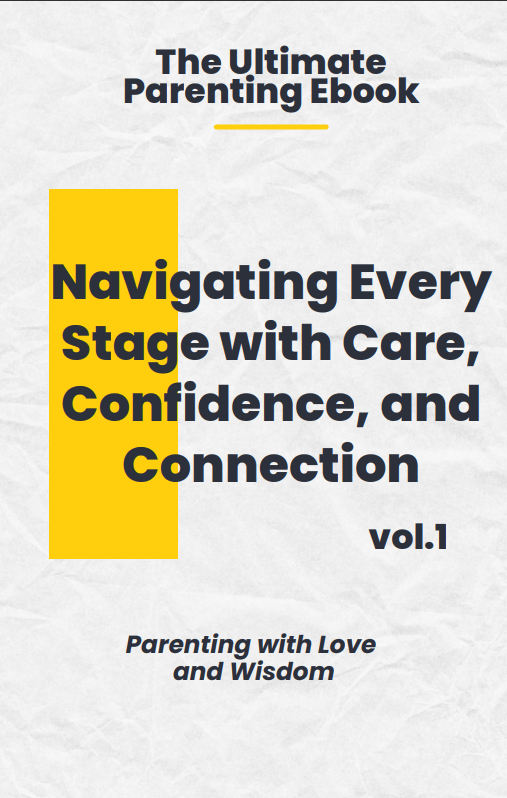New parents, worry less and care better with our expert tips for optimal care after circumcision of newborns.

Care after circumcision of a newborn is a crucial aspect of ensuring a smooth recovery and promoting overall health. In the United States, approximately 58.3% of newborn boys undergo circumcision, reflecting its prevalence and cultural significance. Understanding how to properly care for your newborn post-circumcision can prevent complications and foster a comfortable healing process.
New parents often face anxiety and uncertainty during this period, and having accurate information can make all the difference. By addressing common mistakes and providing practical tips, this guide aims to support parents in navigating this delicate time with confidence and ease.
Effective care after circumcision of a newborn can significantly reduce the risk of infections and other issues, ensuring your baby’s well-being and your peace of mind.
In This Blog
ToggleWhat is Circumcision?
Definition and Explanation of Circumcision
Circumcision is a surgical procedure that involves the removal of the foreskin, the tissue covering the head of the penis. It is commonly performed on newborn boys for various cultural, religious, and medical reasons. In the United States, circumcision is a standard practice in male infants shortly after birth.
Historical and Cultural Context
Circumcision has deep historical roots, practiced for thousands of years across different cultures and religions. In Jewish and Islamic traditions, circumcision is a significant religious ritual. In the US, it gained popularity in the 20th century largely due to perceived health benefits and social norms.
Common Reasons for Circumcision in Newborns
Parents choose circumcision for various reasons, including:
- Cultural or religious beliefs: Many families follow circumcision as a tradition.
- Medical reasons: To potentially reduce the risk of certain infections and diseases.
- Hygiene: Some believe it makes genital hygiene easier.
Health Benefits of Circumcision
Circumcision has several noted health benefits, such as:
- Reduced risk of urinary tract infections (UTIs): Studies show that circumcised boys have a significantly lower risk of UTIs.
- Decreased risk of sexually transmitted infections (STIs): Circumcision can lower the risk of some STIs, including HIV.
- Lowered risk of penile cancer: Though rare, circumcised men have a reduced risk of developing penile cancer.
- Prevention of foreskin problems: Issues like phimosis (tight foreskin) and balanitis (inflammation) are less common.
Understanding the care after circumcision of a newborn is essential to ensuring a healthy recovery and minimizing complications.
What is The Procedure of Circumcision?
Understanding the procedure of circumcision is important for parents considering this option for their newborn sons.
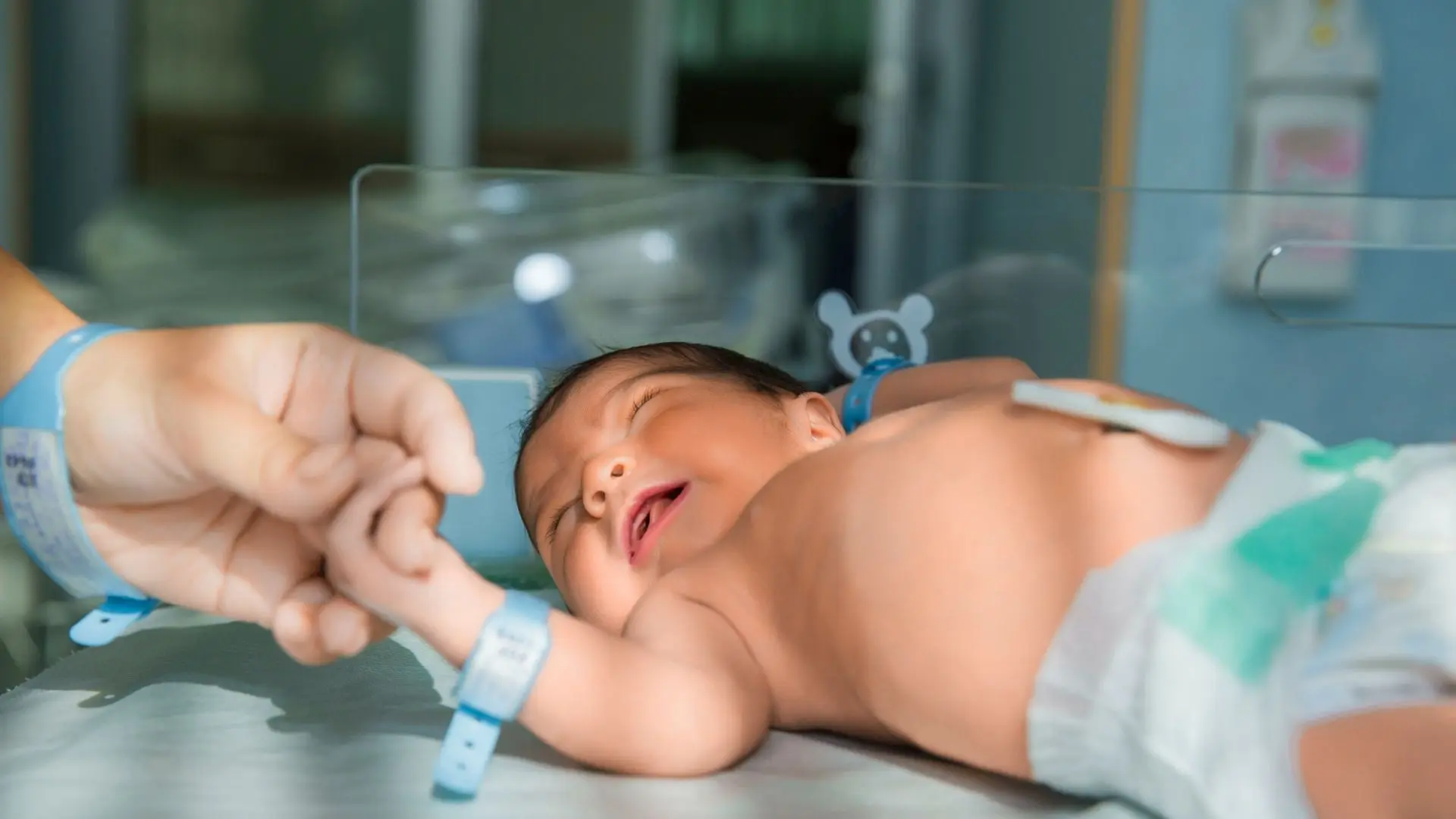
Preparation
Before the procedure begins, the baby’s genital area is cleaned, and anesthesia is administered to reduce discomfort. There are different methods of anesthesia used, including local anesthesia or numbing cream, depending on the healthcare provider’s preference and the baby’s age.
Surgical Technique
During the circumcision procedure, the foreskin is carefully removed from the head of the penis using surgical instruments such as a scalpel or a clamp. The procedure typically takes about 5 to 10 minutes to complete, and the baby is closely monitored throughout to ensure their safety and comfort.
After circumcision
After the circumcision, the baby’s penis is covered with gauze and petroleum jelly to protect the wound. Over the next few days, the circumcision site will gradually heal, forming a scab that eventually falls off on its own.
What includes Immediate Post-Circumcision Care?
The First Few Hours After the Procedure
In the first few hours after circumcision, it’s crucial to closely monitor your newborn. The initial phase of care after circumcision of newborn involves ensuring that your baby is comfortable and there are no immediate complications. Look for excessive bleeding, which is rare but needs immediate attention. The healthcare provider will usually apply a gauze pad with petroleum jelly to prevent the diaper from sticking to the wound.
Monitoring for signs of infection
Parents should keep a close eye on any signs of complications:
- Excessive Bleeding: A small amount is normal, but if it soaks the gauze or diaper, seek medical help.
- Redness Around the Incision Site: Persistent or spreading redness may indicate an infection.
- Swelling: Unusual or increasing swelling at the circumcision site can be a sign of infection.
- Discharge: Pus or any abnormal discharge, particularly if it’s yellow or green, suggests infection.
- Foul Odor: An unpleasant smell coming from the circumcision area is often associated with infection.
- Fever: A fever in the newborn could indicate that the body is fighting an infection.
- Pain or Irritability: Excessive crying or discomfort, especially when the area is touched, might signal an infection.
- Delayed Healing: If the circumcision site is not healing within the expected timeframe, it could be due to an infection.
- Blisters or Sores: The presence of blisters, sores, or unusual bumps around the incision area.
- Tenderness: Increased tenderness or pain at the circumcision site.
- Pain: Your baby may be fussy, but extreme discomfort should be evaluated by a doctor.
If any of these signs are observed, it’s important to contact a healthcare provider immediately.
Pain Management Strategies
Pain management is a key part of care after the circumcision of a newborn. Over-the-counter pain relievers like acetaminophen (Tylenol) are often recommended. It’s essential to follow the pediatrician’s dosage instructions. Swaddling and skin-to-skin contact can also soothe your baby and provide comfort.
Be patient with the healing timeline: Healing can take up to two weeks. It’s crucial to be patient and allow the process to unfold naturally, avoiding unnecessary interventions.
The Role of Healthcare Providers
Healthcare providers play a vital role in guiding you through the care after circumcision of a newborn. They will provide detailed instructions on how to care for the circumcision site, including how to clean it and when to change the bandage. Regular follow-up appointments ensure the healing process is on track and address any concerns you may have.
What are the Common Mistakes in Care After Circumcision of Newborn
Over-cleaning the Area
One common mistake parents make in the care after circumcision of a newborn is over-cleaning the area. While keeping the site clean is important, excessive washing can irritate the sensitive skin and slow down the healing process. Stick to gentle cleaning with warm water and avoid using soaps or alcohol-based wipes, which can cause discomfort and dryness.
Using Inappropriate Ointments
Another frequent error is using inappropriate ointments. Some parents apply products that are not recommended by healthcare providers, which can lead to irritation or allergic reactions. Always use the ointments prescribed by your doctor, typically petroleum jelly, to keep the area moist and protected.
using talcum powder: Talcum powder can cause irritation and is not recommended for use on the circumcision site.
Incorrect Diapering Techniques
Incorrect diapering techniques can also hinder healing. Tight diapers can press against the circumcision site, causing pain and delaying recovery. Ensure diapers are fastened loosely and changed frequently to keep the area dry and clean. Using diapers with a cut-out for the umbilical cord can also help avoid friction against the healing circumcision site.
Neglecting Signs of Infection
Neglecting signs of infection is a serious mistake. Parents should be vigilant in monitoring the circumcision site.
What are the Myths related to the Circumcision of Newborns?
- Circumcision Prevents All Infections: While it reduces the risk of certain infections, it does not prevent all types.
- Circumcision Is Pain-Free: Despite using pain relief methods, the procedure can cause discomfort and pain.
- Circumcision Makes Boys Healthier: Overall health is influenced by many factors, not just circumcision status.
- Circumcision Is Universally Accepted: Cultural, religious, and personal beliefs about circumcision vary widely.
- Circumcision Affects Sexual Pleasure: There is no consensus that circumcision significantly affects sexual pleasure in adulthood.
- Circumcision Is Risk-Free: Like any surgical procedure, circumcision carries some risks, such as infection or bleeding.
- Circumcision Is Required for Hygiene: Good hygiene can be maintained with or without circumcision.
- Circumcision Leads to Better Behavior: There is no evidence linking circumcision status to behavioral outcomes.
- Circumcision Prevents All Sexually Transmitted Infections: It may reduce the risk of some STIs but does not eliminate the risk entirely.
- Circumcision Is a Simple Procedure Without Complications: Complications can occur, and it’s important to be aware of potential issues.
Conclusion
As we wrap up, let’s recap the key points we’ve covered about care after the circumcision of a newborn. Ensuring proper care after this procedure is crucial for your baby’s health and well-being. Remember to follow your pediatrician’s instructions closely, including monitoring for signs of infection and using appropriate pain relief methods. Your baby’s comfort and healing process depends on it. It’s important for parents to stay informed and seek help when needed.
Now, I’d love to hear from you! What are your thoughts on this blog? Feel free to share your experiences or ask any questions in the comments section below. Your feedback is valuable to us.
You may also be interested in : Must Know Teething Symptoms, Coping Strategies, and Myths to Ignore
FAQs
1. How should I clean the circumcision site?
Use warm water and gentle soap during diaper changes, avoiding harsh wipes. Pat dry with a soft cloth and avoid rubbing.
2. When can I expect the circumcision site to heal?
Healing typically takes 7 to 10 days, but individual recovery times may vary. Monitor for signs of infection and follow the pediatrician’s instructions for care.
3. Is it normal for my baby to be fussy after circumcision?
Yes, some fussiness is expected as your baby heals. Provide comfort measures like swaddling and skin-to-skin contact, and use recommended pain relief methods as directed by your pediatrician.
4. What signs of infection should I watch for?
Look for increased redness, swelling, discharge, or foul odor around the circumcision site. Fever and excessive crying may also indicate infection. Contact your pediatrician if you notice any concerning symptoms.
5. Can I use talcum powder on the circumcision site?
It’s best to avoid talcum powder, as it can cause irritation and interfere with healing. Stick to the recommendations provided by your pediatrician for caring for the circumcision site.
6. Should I avoid giving my baby baths during the healing process?
It’s generally safe to give your baby baths during the healing process, but avoid soaking the circumcision site directly. Pat the area dry gently after bathing and continue to monitor for signs of infection.
7. What should I do if my baby’s penis bleeds after circumcision?
If bleeding occurs, apply gentle pressure to the area with a clean cloth or gauze. If bleeding persists or is excessive, seek medical attention immediately.
8. How can I ensure my baby’s diaper doesn’t irritate the circumcision site?
Choose loose-fitting diapers and avoid ones that are too tight around the waist. Change diapers frequently to keep the area clean and dry, and opt for brands that offer extra absorbency without irritating materials.
9. Can I apply any creams or ointments to the circumcision site?
It’s best to follow your pediatrician’s recommendations regarding the use of creams or ointments. In many cases, petroleum jelly or antibiotic ointment may be recommended to keep the area moisturized and protected.
10. When should I schedule a follow-up appointment with the pediatrician?
Your pediatrician will typically advise when to schedule a follow-up appointment, but it’s usually within a few weeks after the procedure. This appointment allows the doctor to check on the healing progress and address any concerns you may have.

